Off to Paris to present to the Ministry of Foreign Affairs.
Rules as Code Europe and French Ministry Presentation
A side-effect of my involvement with Rules as Code through the Think7 policy paper is that it really attracted the attention of the international Rules as Code community (something I previously was not even aware existed). Matti Schnieder, one of the co-authors of my paper and one of the leading people behind OpenFisca, a Rules as Code engine used by the French Government, out of the blue invited me to attend the Rules as Code Europe Conference in Paris – and also to present at the OpenFisca launch at the French Ministry of Foreign Affairs.
As someone relatively new to (but very enthusiastic about) this community, this was a huge honour and fantastic experience. The conference itself was incredibly useful, basically what you get when you put a bunch of programmers, lawyers, and policymakers in a room and get them to hammer out ways to roll out a particular solution. I was initially surprised to see how much the French government embraces Rules as Code as a framework, but after listening to the speakers and hanging out with Henri Verdier, the French Ambassador for Digital Affairs, on a boat I’m now more surprised that other governments haven’t embraced Rules as Code more. It’s just such an incredibly inexpensive and easy thing to implement with huge return on investment for digitalising public services.
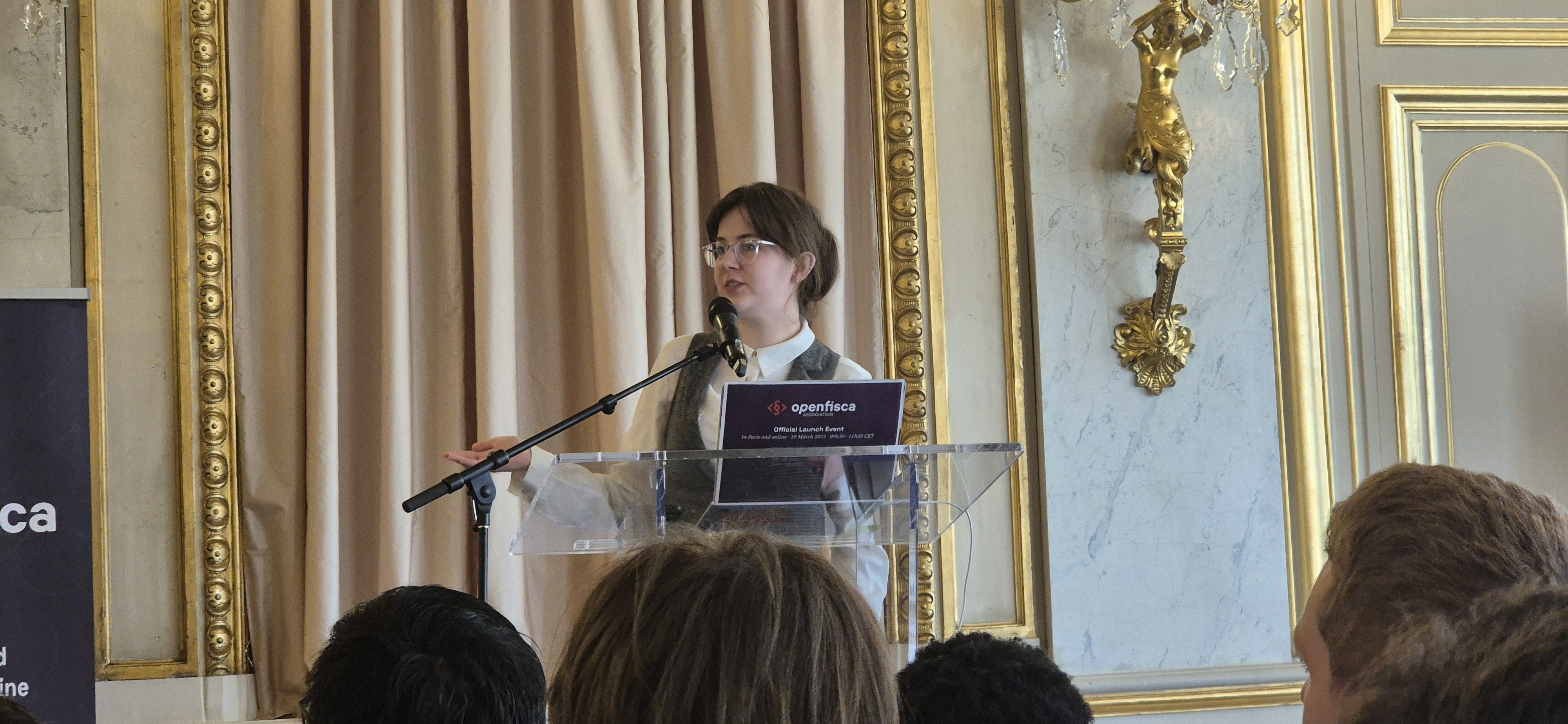 Here I go, presenting again.
Here I go, presenting again.
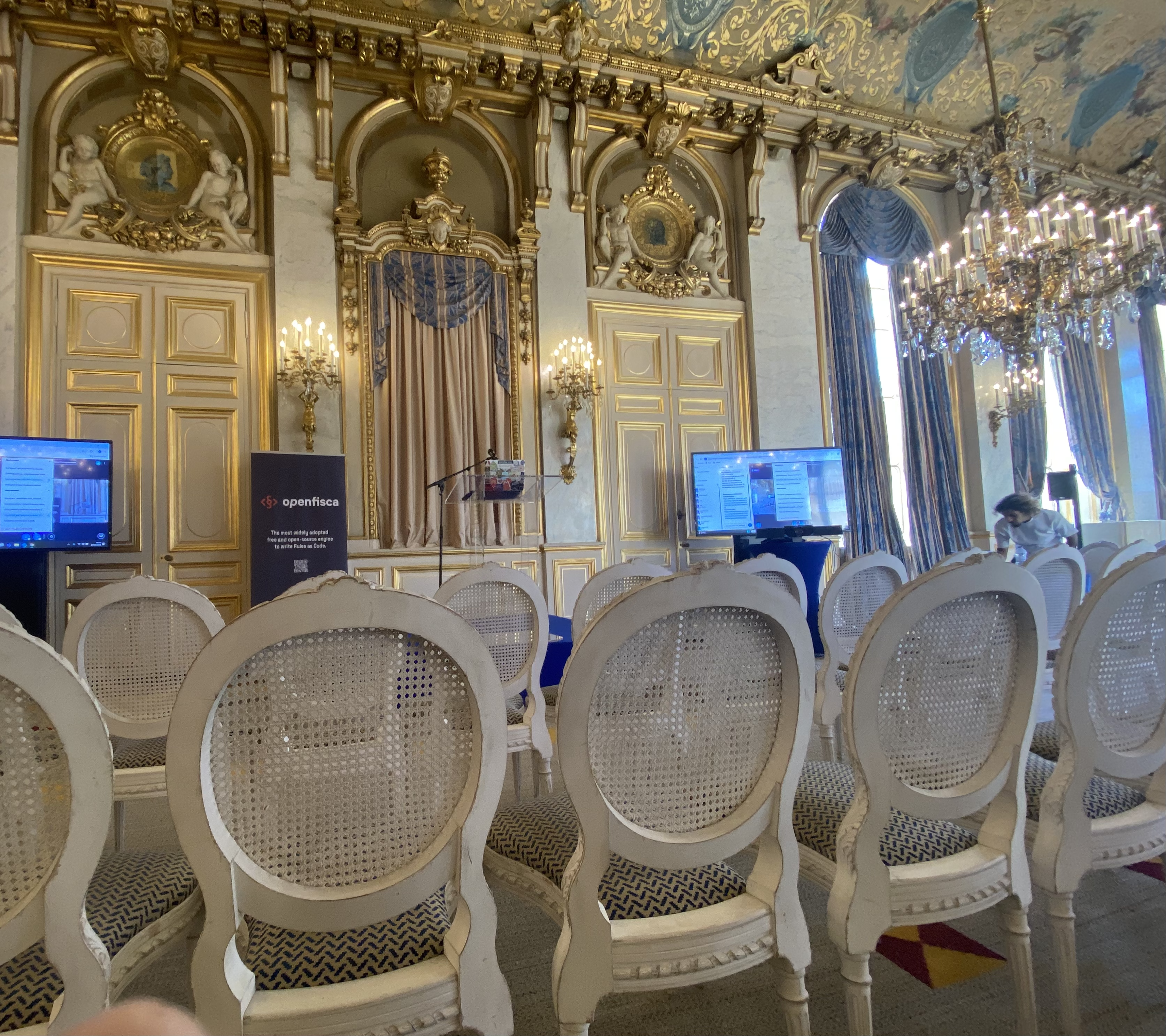 The same room where the International Telecommunications Union was formed, coincidentally where I also volunteer as the Oxford AI for Good Hub Young AI Leader.
The same room where the International Telecommunications Union was formed, coincidentally where I also volunteer as the Oxford AI for Good Hub Young AI Leader.
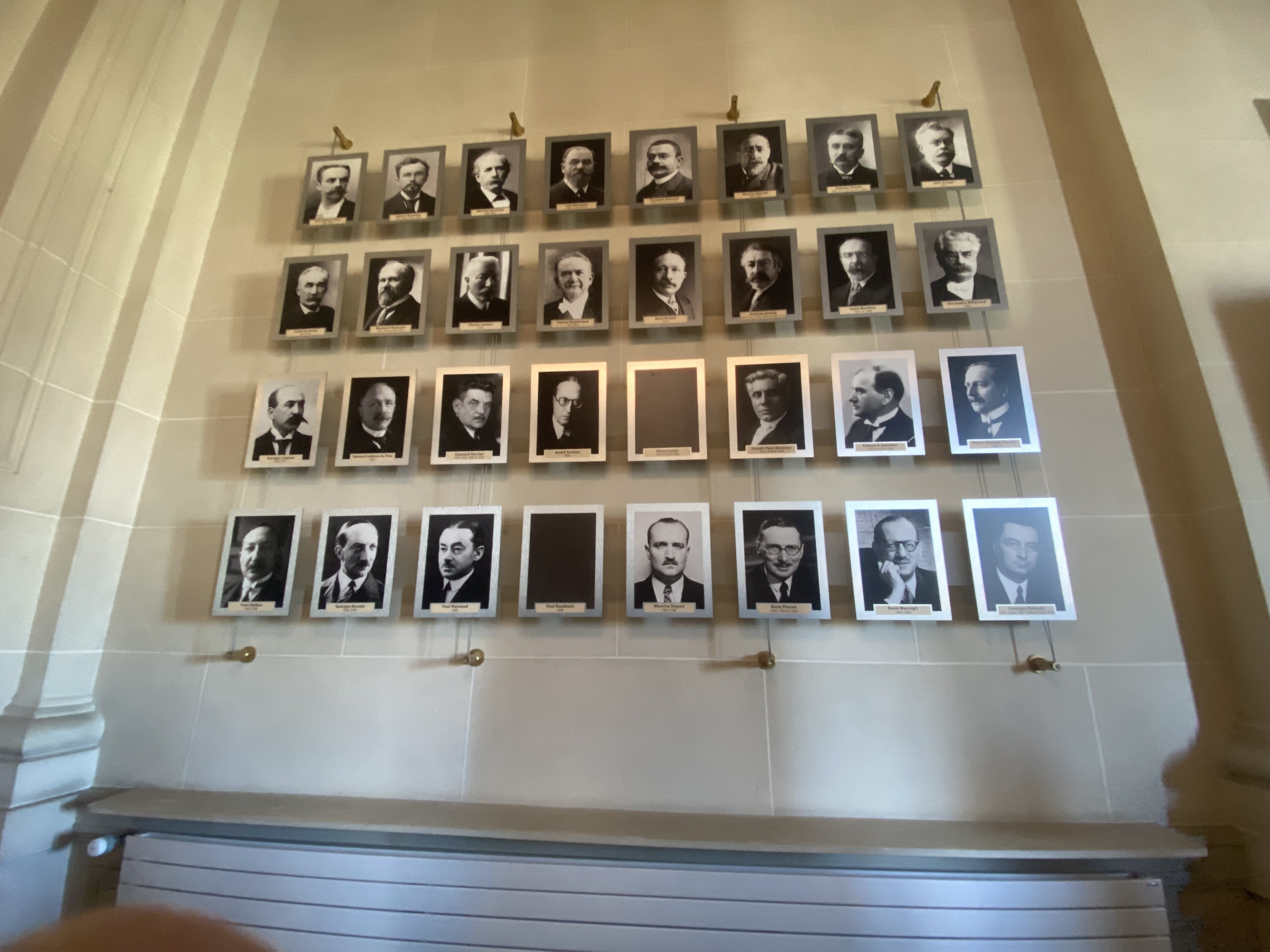 Something fun I found: the French Ministry of Foreign Affairs blacks out the photos of Ministers who were Nazi collaborators.
Something fun I found: the French Ministry of Foreign Affairs blacks out the photos of Ministers who were Nazi collaborators.
I want to point out that the co-authors for the T7 RaC paper were entirely obtained through cold emails. All of this, my invitations to the workshop and to present at the Ministry came out of some cold emails and hard work. I highly encourage anyone passionate about something but hesitant to reach out to collaborators to just do it (reach out to me too). It’s definitely worth it when it works.
New Project: E-Vulnerability Capacity Assessment
While I plod away at writing up the technical paper for the INFLOW-AI model, I’ve acquired a new fun project that is something I’ve always wanted to get my hands on.
Basically: 510 (the Netherlands Red Cross, focussed on the use of data in disaster prediction) regularly is asked to produce digitals maps of hazards (such as floods, wildfires, earthquakes, etc.) and determine how these hazards intersect with exposure (such as human settlements, schools, hospitals, roads, etc.). They want me to help them set up an automatic process for doing these kinds of analyses, and I’m all here for it.
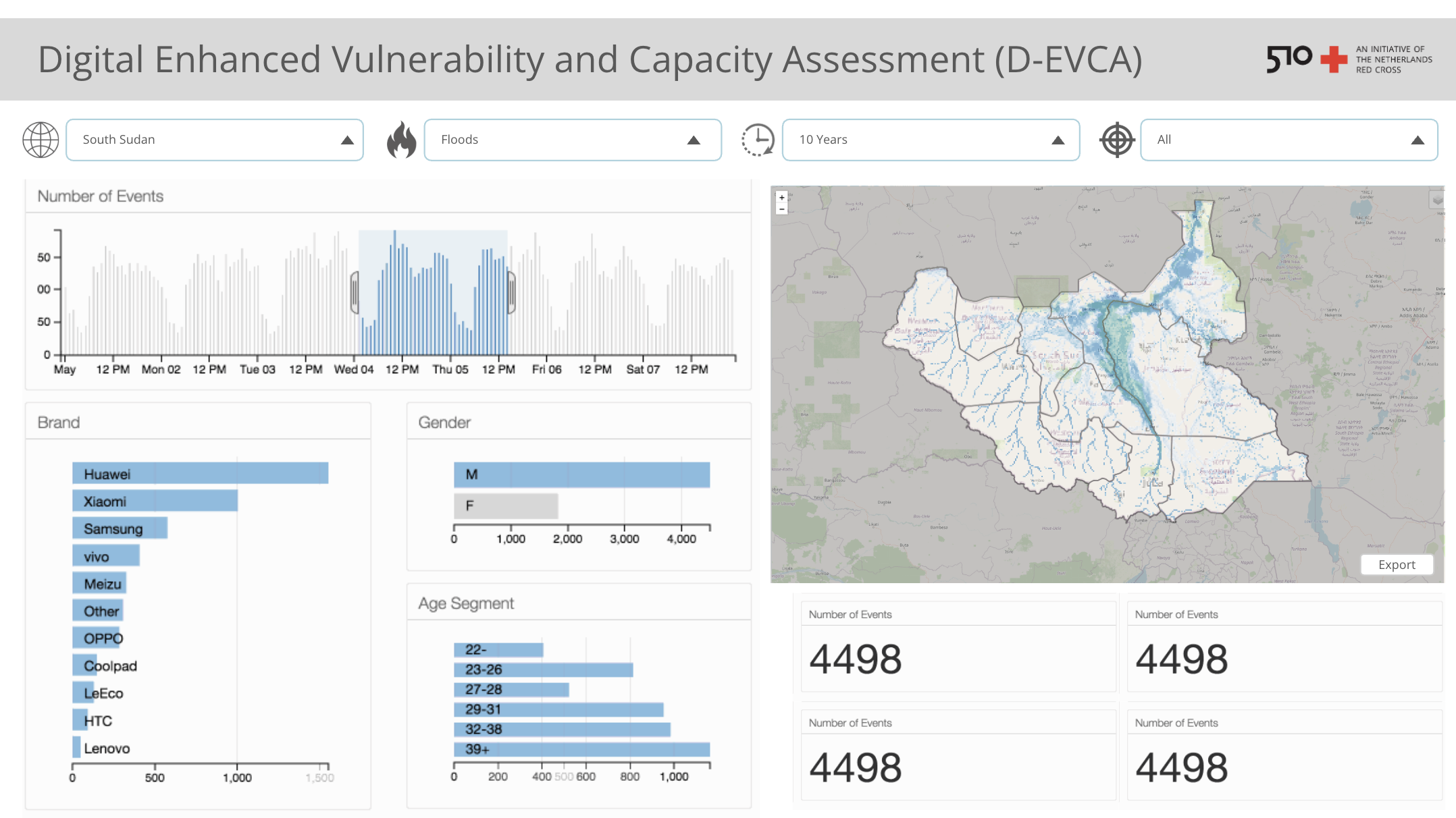 A little mock-up for what my tool will look like.
A little mock-up for what my tool will look like.
This is the kind of project I’ve wanted to do for some time and think is very easily doable with publicly available data. The trick is getting organisations to actually use the product. Given that 510 is already motivated to use this, that battle is already won. I need to keep in mind this workflow for future projects, getting organisations to reach out to me or describe their own problems instead of coming in with an external solution they need to be convinced to actually use (too often the problem with solutions coming from academia).
Obligatory Life Stuff
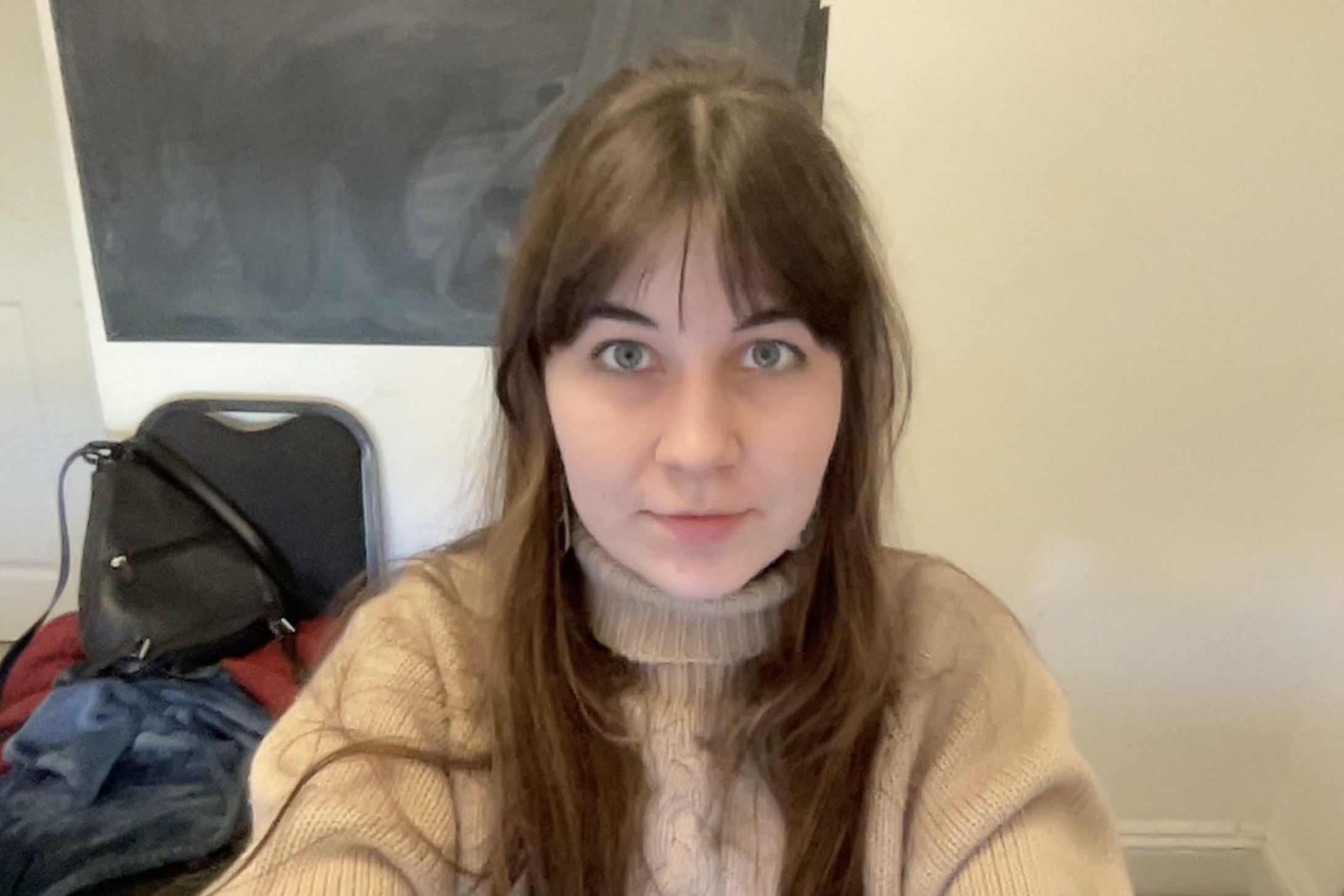 Obligatory bi-annual haircut.
Obligatory bi-annual haircut.
Immediately after getting back from France, I caught a truly terrible respiratory illness from one of my flatmates. Alec got incredibly ill too, but with symptoms more similar to waterborne illness (perhaps from drinking water directly out of the stream in the Cotswolds…)
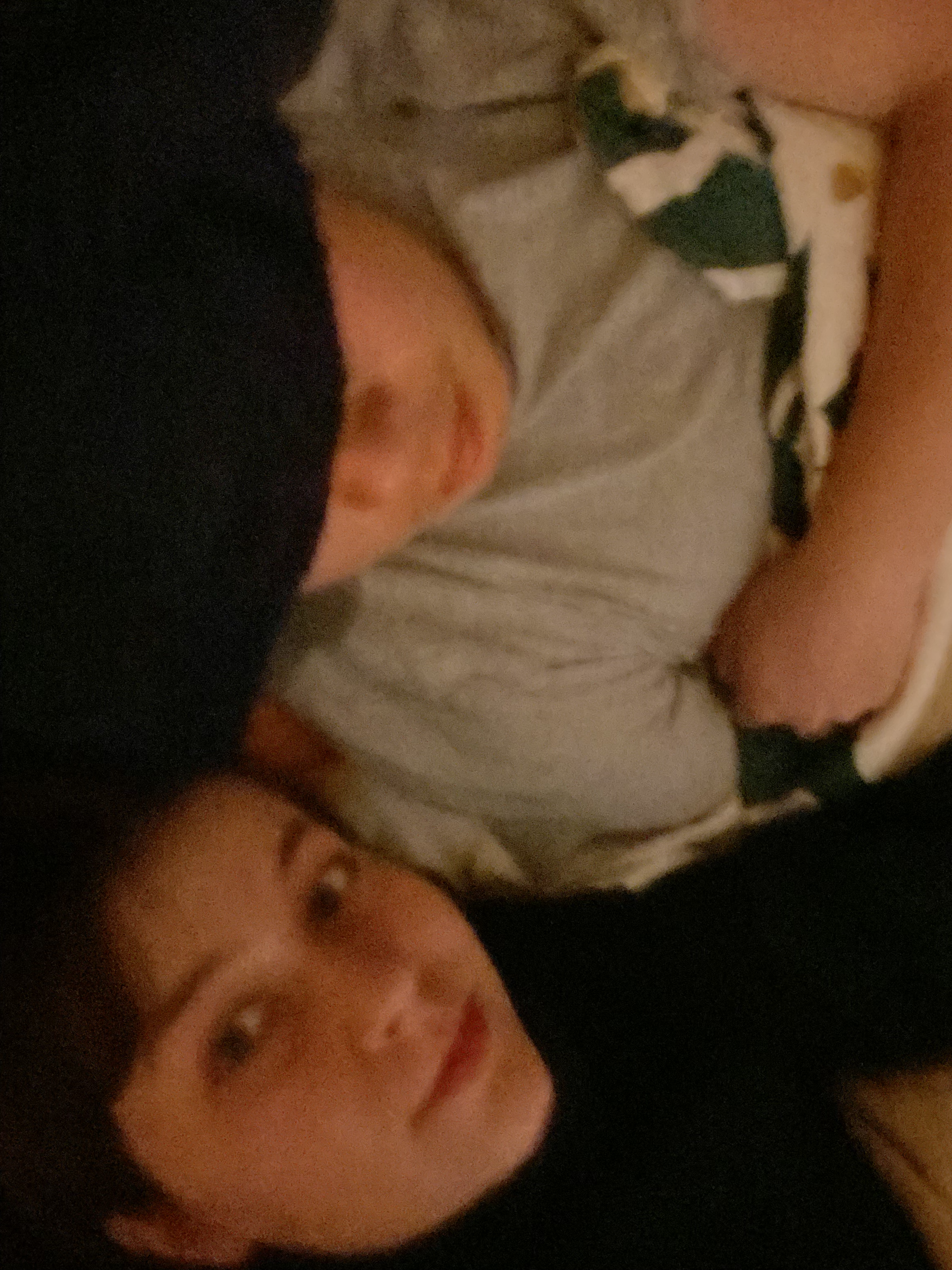 Co-illness is a surprisingly good bonding experience.
Co-illness is a surprisingly good bonding experience.
 Alec, prior to drinking the Cotswold water.
Alec, prior to drinking the Cotswold water.
Alec has again dragged me into a few new hobbies and places. He has gotten really into water colour sketches – a medium I’ve never really played with – so I’m keen to hop in and learn something new.
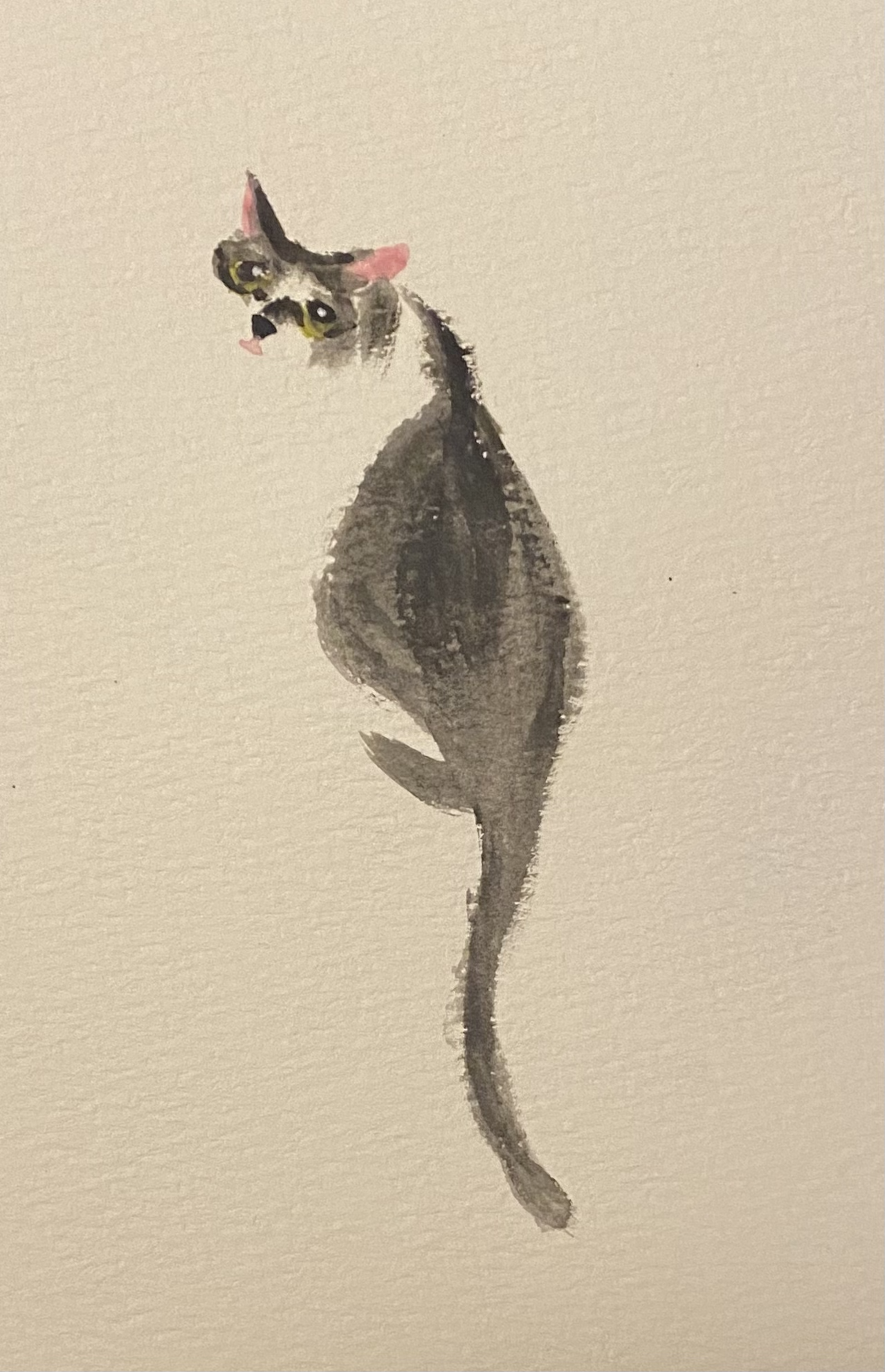 I painted this cat that keeps wandering into our house. Stayed tuned to see if my watercolour skills improve.
I painted this cat that keeps wandering into our house. Stayed tuned to see if my watercolour skills improve.
We also went to the Imperial War Museum, which surprisingly does not feature the British imperial stuff I thought it would (Sanyasid wars, Boer wars, War of 1812, etc.). Instead it mainly features WW1 and WW2 stuff (which is not particularly unique for a bespoke collection, though maybe I’m spoiled by visiting other World War museums in Europe).
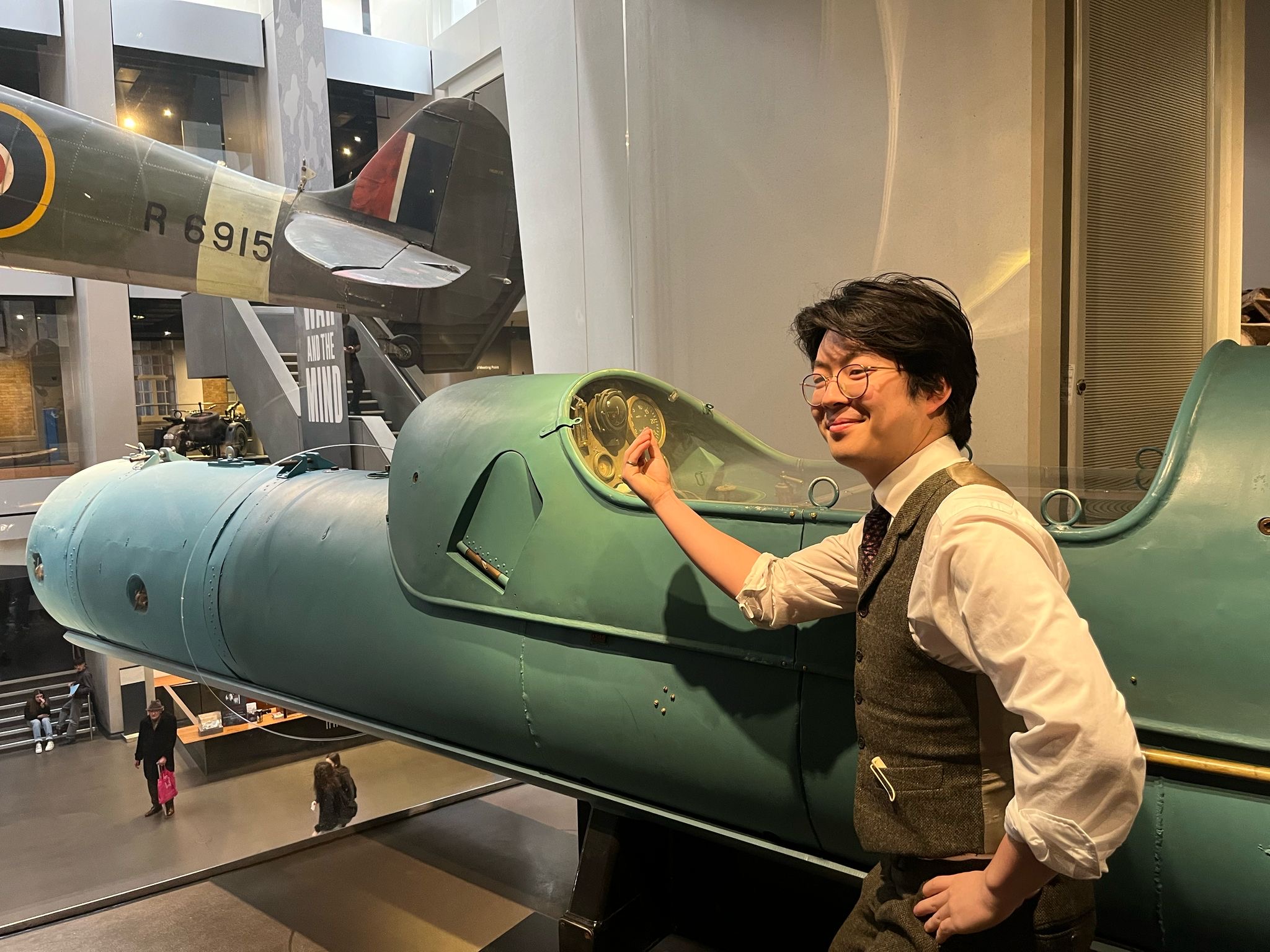
Our house has committed to doing a monthly-ish book club with the first book being Left Hand of Darkness by Ursula LeGuin. In between flying to Paris and taking the train back and forth to London to get a Chinese visa (Alec and I are planning a China trip for April), I quickly burned through the book. I haven’t had the privilege of reading fiction in a long time, and I’ve apparently missed it.
The book is speculative fiction (my favourite genre) about an envoy who is sent to a remote, frozen planet, inhabited by a race of humans who have evolved to be sexless and genderless outside of reproductive periods, with the task of convincing them to join a interplanetary union. The novel explores how a genderless society would play out in terms of relationships, power, development, and warfare (potentially leaning a bit too much into gender stereotypes for modern audience, e.g. women are less violent but also less innovative). The entire novel including its name, is a (slightly heavy-handed) allegory for Daoism (or at least an American white woman’s understanding of Daoism): opposing forces are needed to achieve balance and provide contrast.
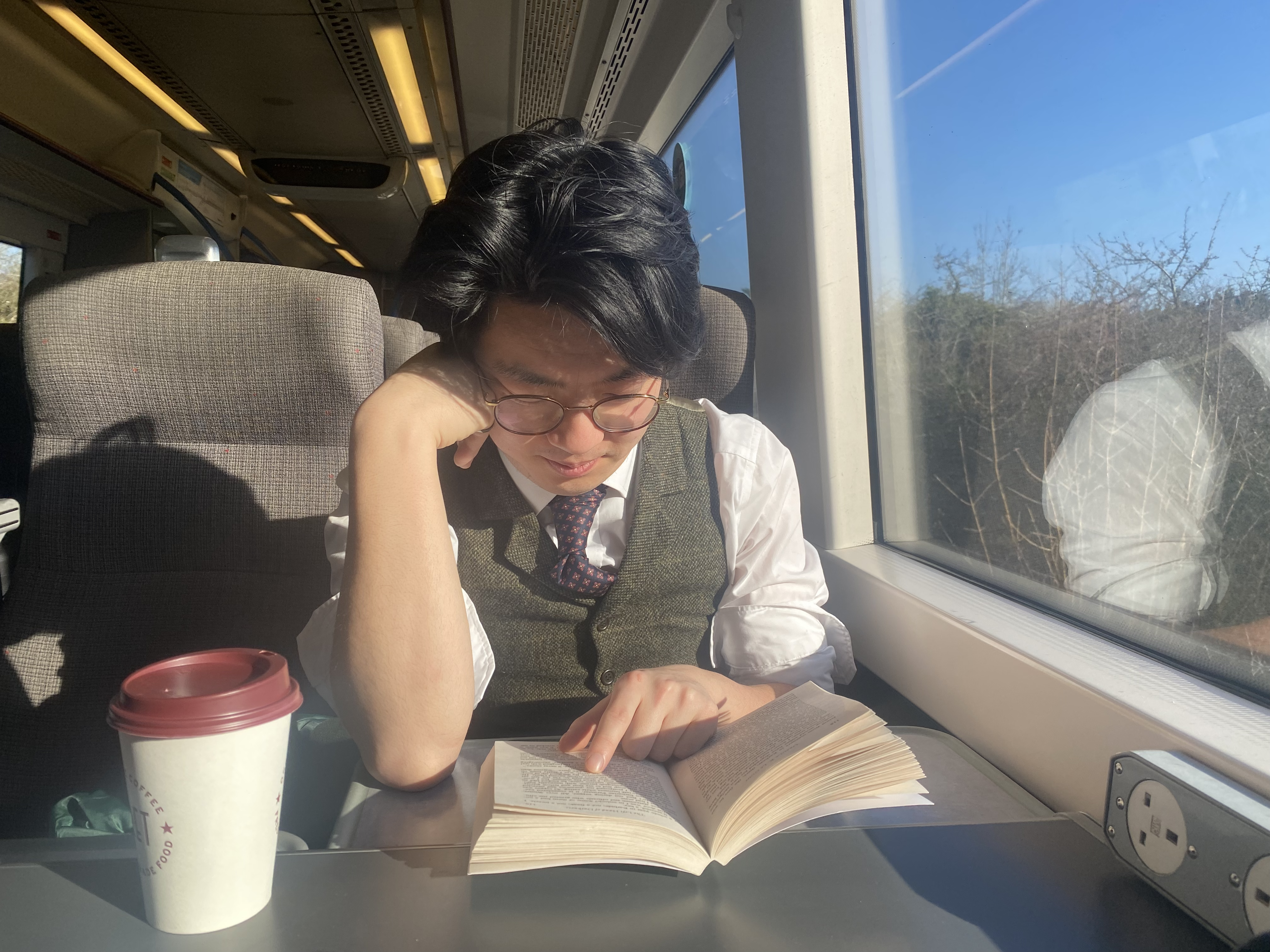 Alec attempting to read on the train to London.
Alec attempting to read on the train to London.
 A valiant effort.
A valiant effort.